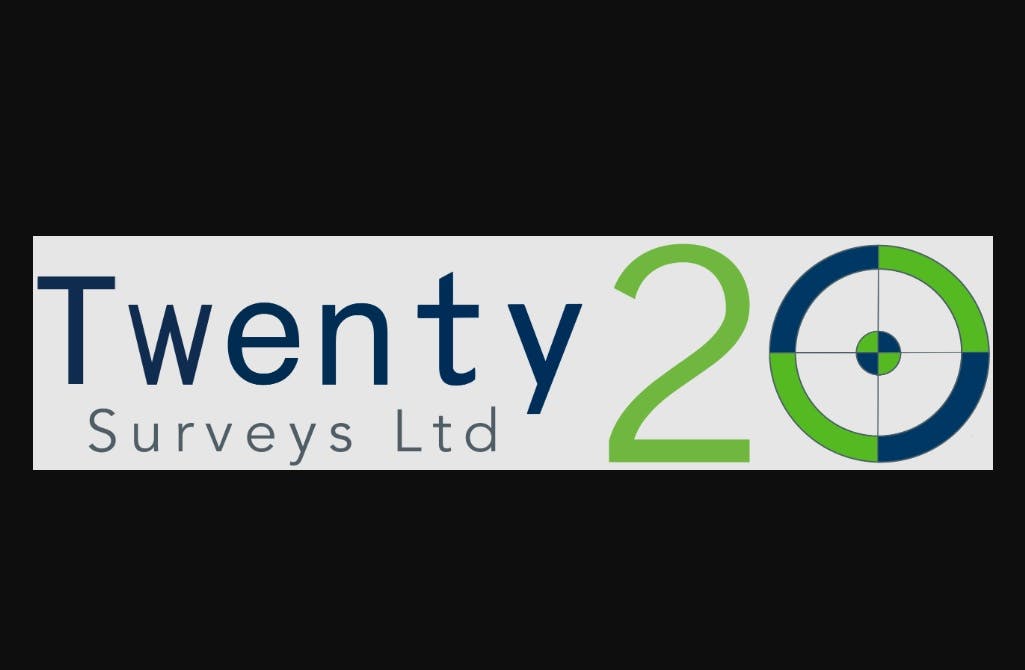Three Forms of Surveying

There are numerous forms of surveys but three of your more often used versions are topographical surveying, land surveying and subterranean resources surveys. Exploring and comprehending the different types or surveys and surveying is easy when you recognize how. Get more information about Topographical Survey Froxfield
Topographical Surveys or Topo surveying
Topographical Surveying will be the study and measuring of the Earth's work surface. This will reveal what natural or man-created geographic capabilities appear in a location, big or small, the shape and styles in the functions themselves and also plant life and the impact of human appearance. The item of most this really is to produce a three-dimensional road map.
In order to offer this type of accurate depth of your numerous ranges and contours of your land, aerial surveys are executed, and after that at soil level survey squads with portable surveying equipment establish straight and horizontal control factors to verify accuracy. In today's world the data is collected and created digitally.
Provided with all the current data, computers blend distances, facets, and elevations and produce images, making use of curve facial lines, hypsometric tints and relief shading.
Land Surveys and surveying
Land Surveying is the dimension and accurate perseverance of the three dimensional placements of various factors on the landscape. The intention of this really is generally to ascertain restrictions. Surveyors create land charts marking out regions of private, communal or authorities acquisition limits. This can be constantly being done when there are critical property privileges conflicts or changes are planned for that location, for example for sub-dividing qualities, new residential or village-planning layouts, when highways or other engineering constructions are arranged, or for the determination of ancient boundaries for historical or archaeological reasons.
Below ground Tools Surveys (electrical energy, Gas, Water and Television)
Underground Tools Surveying has to be one of the more tough and difficult forms of research. Surveyors have to determine what is subterranean and can not be noticed. Well before any development will take place it has to be identified what, if anything is under the terrain. These may be drains, electrical or gas cables, sinkholes, water plumbing or water wallets or hidden tanks.
The first level of investigation is to gather every drawing, plan or little electronic data designed for the area. This could be not totally precise, but offers an idea of what installation had been situated in the immediate location.
The next level entails choosing noticeable capabilities, such as manholes, inspection hatch out handles, meters, electrical poles, etc. Directly lines exhibiting the shortest distance between them are pulled, and also this narrows along the search. Nevertheless these collections cannot be totally used as rocks and also other below ground barriers can cause deviations, and quite often the piping or cables don't operate from the middle of each and every inspection aspect on the next, but slightly to one part or maybe the other.
An indirect survey necessitates the most recent technology, such as radar that penetrates the earth, X-sun rays, and volume resonance. If doubt still remains, the last phase is drilling or excavating potholes at standard durations to confirm any one of the data accumulated with the above techniques.
